Injury Prevention
Disclaimer
This information is for educational purposes only and is not intended to replace the advice of your doctor. Esports Healthcare disclaims any liability for the decisions you make based on this information.
The information contained on this website does not establish, nor does it imply, doctor-patient relationship. Esports Healthcare does not offer this information for diagnostic purposes. A diagnosis must not be assumed based on the information provided.
Gamer injury prevention
The gamer injury prevention program is designed to reduce injuries to the forearms, wrists, hands, and fingers. In this video, you will learn exercises and stretches used for prevention and rehabilitation in clinical settings.
Finger band exercises
Three of the exercises in this program require the use of finger extensor bands. Fortunately, we’ve set up an affiliate with a trusted, high quality brand.
Resisted finger abduction

Perform this exercise with both hands
- Set up the finger band around the tips of your four fingers (without the thumb).
- Keeping your fingers extended, separate your fingers as wide as you can, and return to the starting position.
- Repeat step 2 for a total of fifteen (15) repetitions.
Resisted thumb extension
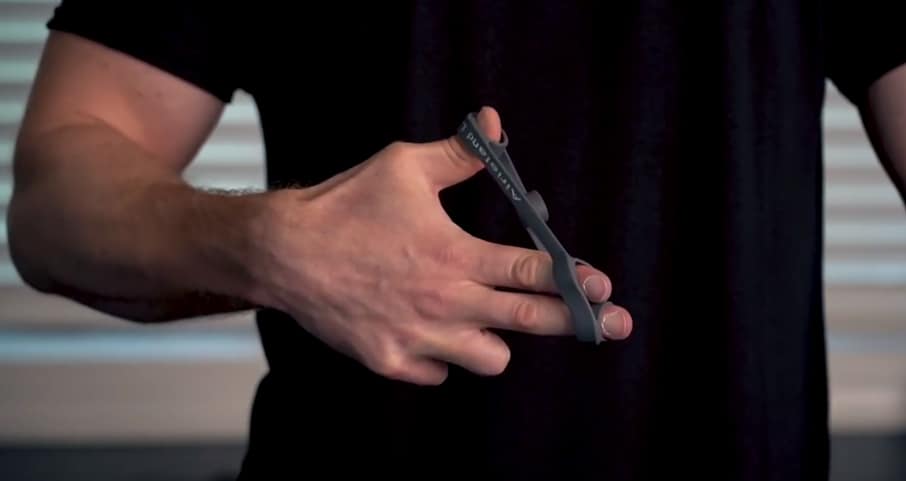
Perform this exercise with both hands
- Set up the finger band around the tips of your index finger and thumb.
- Keeping your fingers extended, separate your thumb from your index finger as wide as you can, and return to the starting position.
- Repeat step 2 for a total of fifteen (15) repetitions.
Resisted finger extension
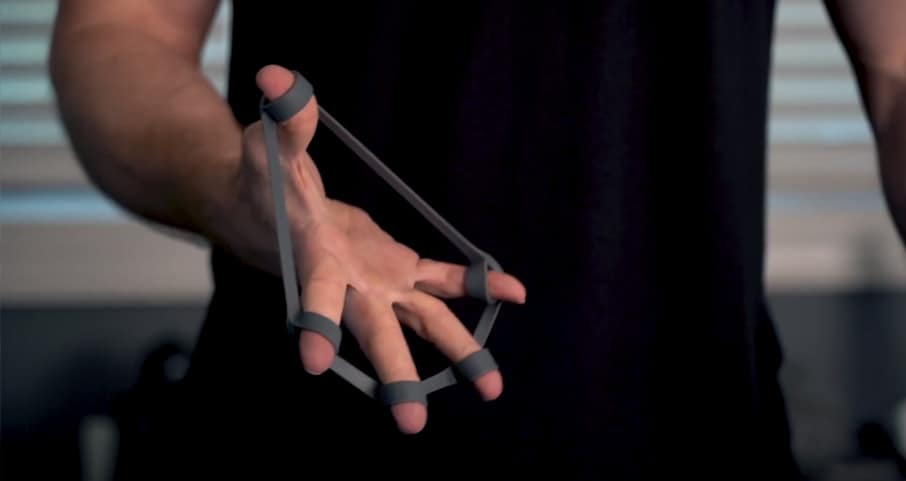
Perform this exercise with both hands
- Set up the finger band around the tips of your fingers, including your thumb.
- Begin with your finger pads together. Then, open your hand as wide as you can, and return to the starting position.
- Repeat step 2 for a total of fifteen (15) repetitions.
Resistance exercises
Resisted wrist curl

Perform this exercise with both hands
- Lay your forearm down on a flat surface with your palm facing upward.
- Grab a dumbbell or other small, weighted object, and let your wrist hang over the edge.
- Curl the dumbbell upward, and return to the low, hanging position.
- Repeat steps 2 and 3 for a total of fifteen (15) repetitions.
Resisted wrist extension
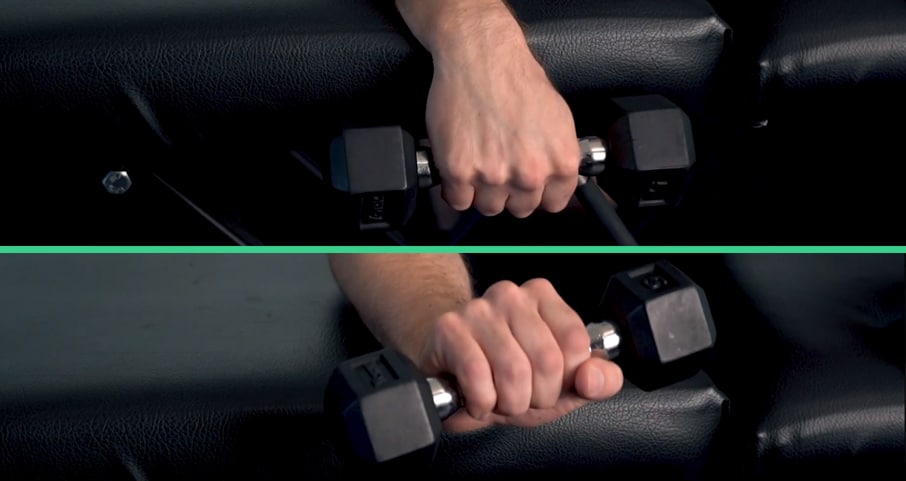
Perform this exercise with both hands
- Lay your forearm down on a flat surface with your palm facing downward.
- Grab a dumbbell or other small, weighted object, and let your wrist hang over the edge.
- Extend the dumbbell upward, and return to the low, hanging position.
- Repeat steps 2 and 3 for a total of fifteen (15) repetitions.
Nerve glides
Ulnar nerve glide
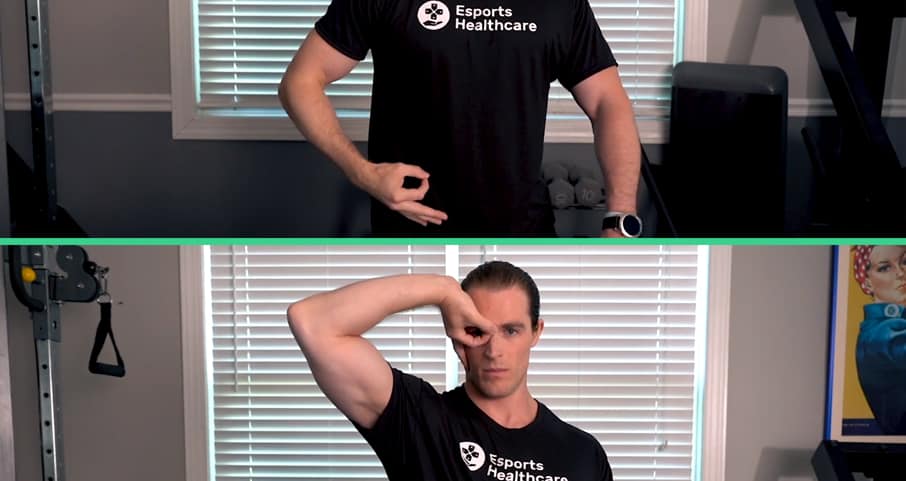
Perform this exercise with both hands
- Begin with your elbow outward and your hand at your waist making a circle with your thumb and index finger.
- Keeping your elbow flared outward, raise your hand toward your face.
- Do not push beyond a feeling of tension in your forearm, pinky or ring finger.
- Repeat steps 1 and 2 for a total of ten (10) repetitions.
Median nerve glide

Perform this exercise with both hands
- Begin with your arm at your side.
- Lift your arm to your side with the palm facing upward.
- At the top of the motion, you can extend your wrist downward.
- For a deeper stretch, tilt your head away from your raised arm.
- Stop the movement if you feel tension in the thumb, index, or middle finger. Do not push beyond a feeling of tension in these areas.
- Repeat steps 1-4 (or as soon as you feel tension) for a total of ten (10) repetitions.
Mobility exercises
Wrist mobility
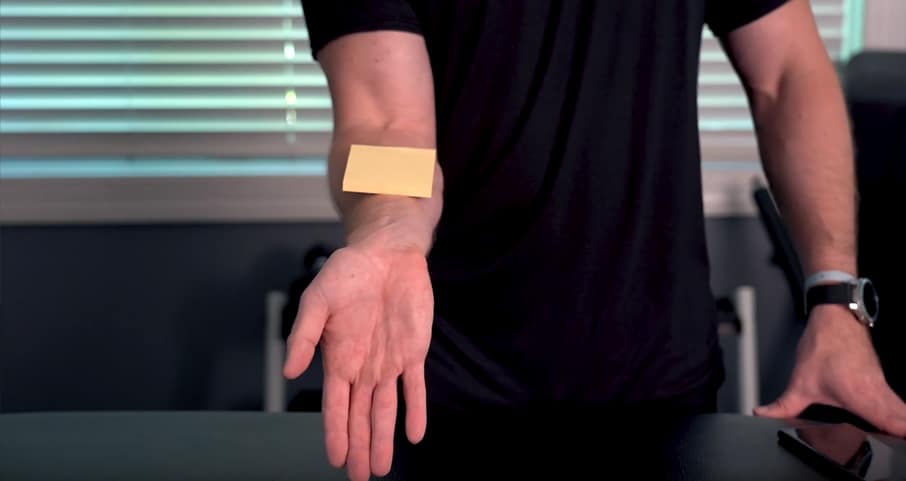
Perform this exercise with both hands
- Begin with your elbow bent at 90 degrees and your palm facing upward.
- Extend your wrist as far as you can.
- From full extension, rotate your wrist clockwise in a slow and controlled fashion.
- Try to reach the end range of this rotation, and do not allow your forearm to roll.
- Place a small object on your forearm to prevent excess movement.
- Repeat steps 1-3 for a total of three (3) rotations both clockwise and counter-clockwise.
Post-facilitation stretch (flexors)
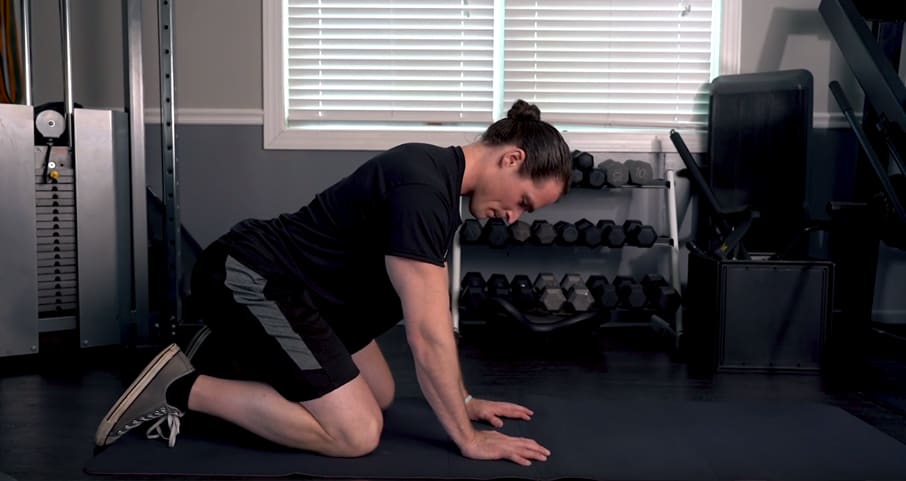
Perform this exercise with both hands
- Extend your wrists as far as you can, and place them on the ground.
- For 10 seconds, press your hands into the ground as hard as you can.
- After 10 seconds, try to lift your hands and fingers off the ground.
- At the same time, lean forward to stretch the flexor muscles of your forearms.
- Repeat steps 1-4 for a total of three (3) sets.
Post-facilitation stretch (extensors)
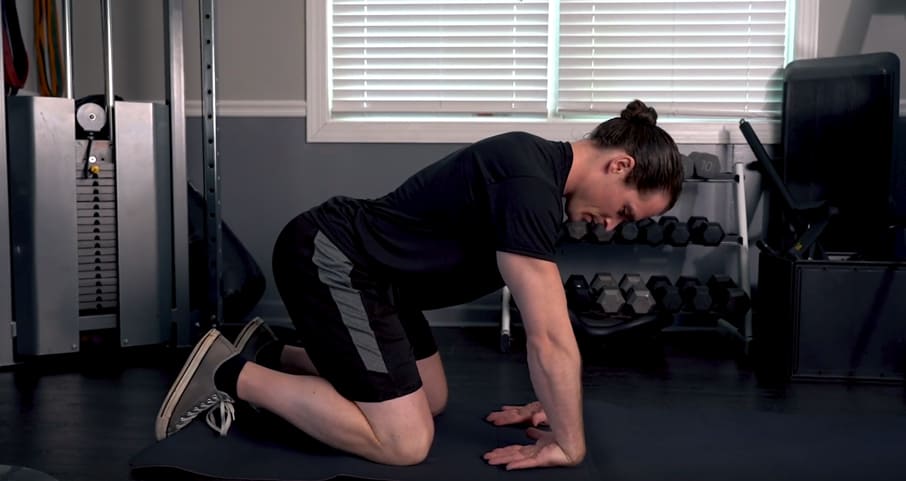
Perform this exercise with both hands
- Flex your wrists as far as you can, and place them on the ground.
- For 10 seconds, press your hands into the ground as hard as you can.
- After 10 seconds, try to lift your hands and fingers off the ground.
- At the same time, lean backwards to stretch the extensor muscles of your forearms.
- Repeat steps 1-4 for a total of three (3) sets.
Disclaimer
This information is for educational purposes only and is not intended to replace the advice of your doctor. Esports Healthcare disclaims any liability for the decisions you make based on this information.
The information contained on this website does not establish, nor does it imply, doctor-patient relationship. Esports Healthcare does not offer this information for diagnostic purposes. A diagnosis must not be assumed based on the information provided.
Injury prevention exercises
The exercises you will perform in the gamer injury prevention routine are therapeutic exercises taught and performed in clinical settings.
Performing a similar routine prior to injury will act as prevention, sometimes called “prehab.” An ounce of prevention is worth a pound of cure.
Mouse Elbow
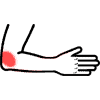
Mouse elbow is one of the most common esports injuries (all the above are better categorized as ailments or conditions). Mouse elbow is a chronic injury to the extensor tendons of the forearm (which control the wrist and fingers) that attach to the outside (thumb side) of the elbow. The muscles involved are the extensor muscles that open the hand and bend back the wrist. As the name suggests, PC gamers are more likely to experience this injury due to the use of the mouse.
Gamer’s Thumb

Gamer’s thumb is the common term for the diagnosis of tenosynovitis from repetitive use of the thumb. Specifically, gamer’s thumb affects the tendon sheaths of the extensor pollicis brevis and abductor pollicis longus muscles. These muscles pull the thumb away from the hand and palm.
Medial epicondylosis
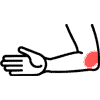
Medial epicondylosis is an ailment that occurs in the flexor tendons of the forearm (which control the wrist and fingers) that attach to the inside (pinky side) of the elbow. The muscles involved are the flexor muscles that close the hand and flex down the wrist.
Cubital tunnel syndrome

Cubital tunnel syndrome is an impingement or irritation of the ulnar nerve within the cubital tunnel at the elbow. This is the area commonly referred to as the funny bone. If the ulnar nerve becomes irritated in this region due to pressure, inflammation, and/or stretching, symptoms will occur.
Carpal tunnel syndrome

Carpal tunnel syndrome is impingement or irritation of the median nerve within the carpal tunnel—an anatomical structure found at the base of your hand. When the median nerve becomes irritated in this region due to pressure, inflammation, and/or stretching, symptoms are likely to occur. Despite its attention, carpal tunnel syndrome is actually not among the most common esports injuries.
